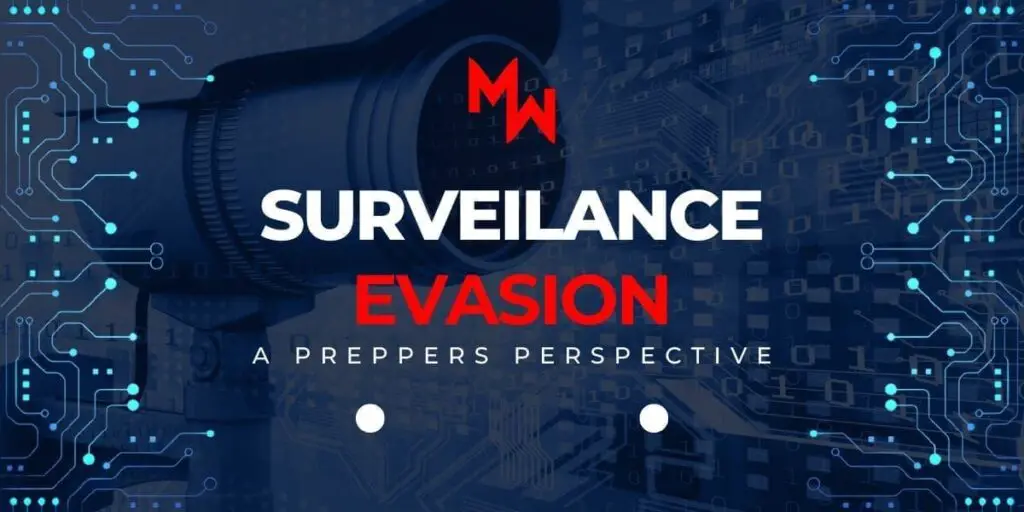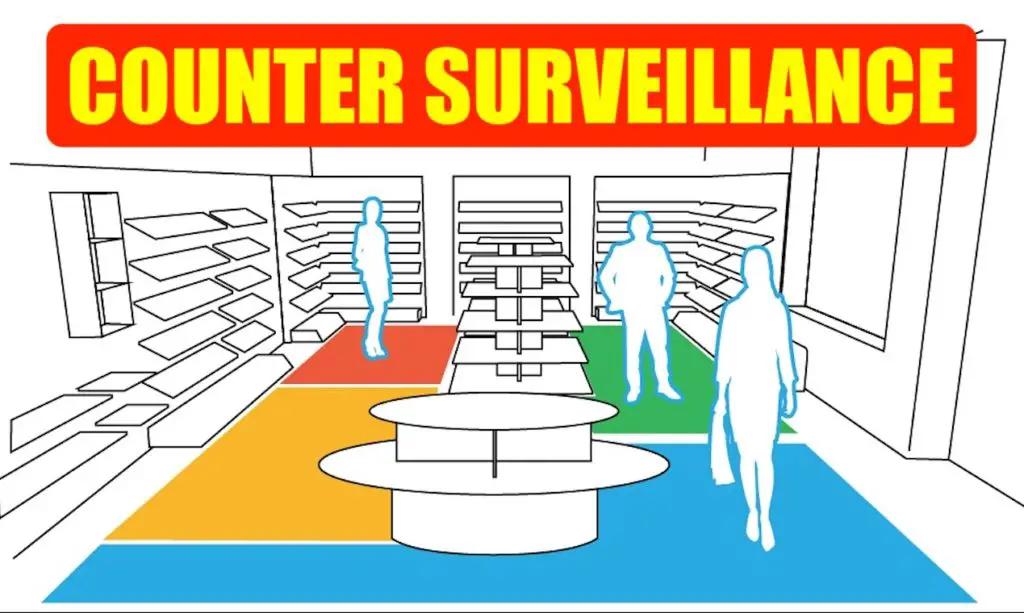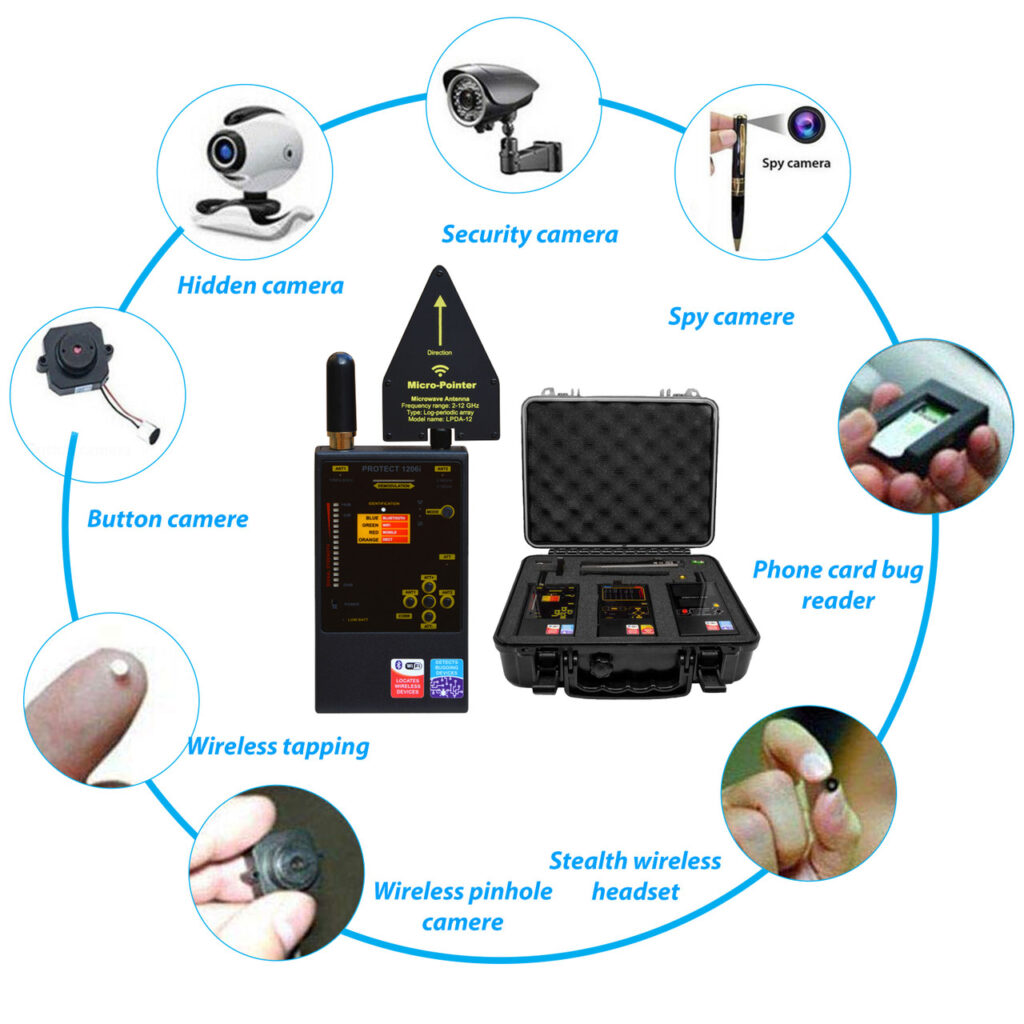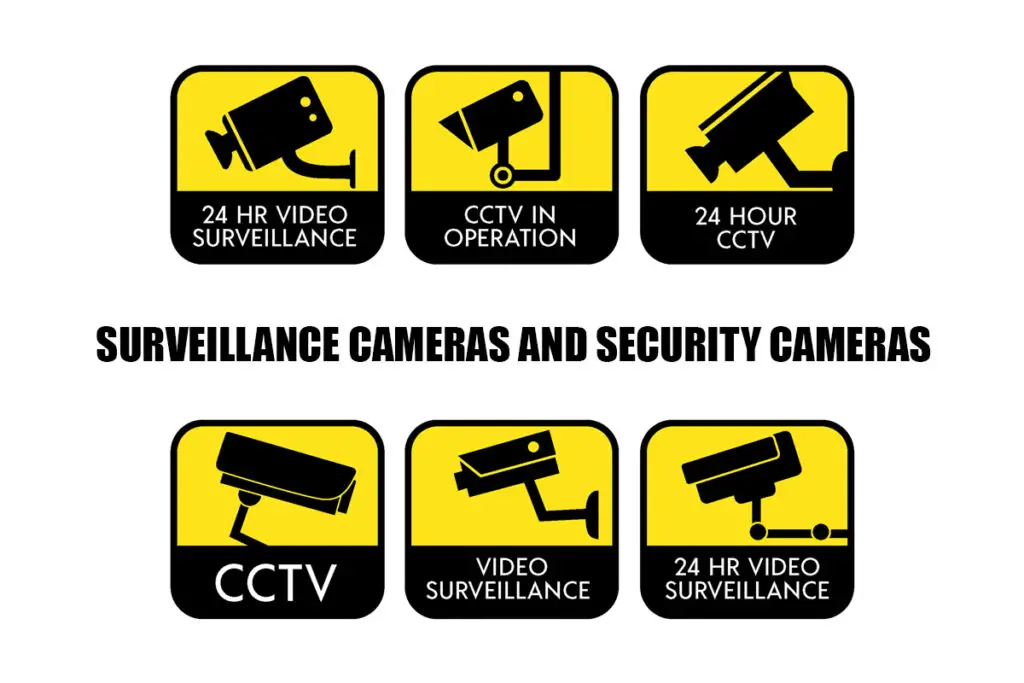Are You Concerned About Your Privacy and Safety?
If you are someone who values your privacy and safety in an increasingly digitalized world, then learning about counter-surveillance techniques is crucial. This guide will provide you with essential information on how to protect yourself from potential threats and surveillance.

Understanding Counter-Surveillance
Counter-surveillance refers to the actions taken to prevent or thwart surveillance from unwanted sources. This can include individuals, organizations, or even governments monitoring your actions, conversations, or movements without your knowledge or consent. By employing counter-surveillance techniques, you can detect and neutralize these threats.
The Importance of Counter-Surveillance for Preppers
For preppers, counter-surveillance is an essential skill to have. In times of crisis or societal breakdown, there may be increased surveillance from various entities. By being aware of potential threats and knowing how to navigate them, you can better protect yourself, your loved ones, and your resources.

Basic Principles of Counter-Surveillance
When it comes to counter-surveillance, there are several key principles to keep in mind. These include:
- Awareness: Being aware of your surroundings and potential threats is the first step in effective counter-surveillance.
- Anonymity: Maintaining a level of anonymity in your everyday activities can help prevent unwanted surveillance.
- Adaptability: Being able to adapt and change your behavior or route to avoid surveillance is crucial.
- Documentation: Keeping records of any suspicious activities or incidents can be helpful in identifying patterns of surveillance.
Conducting a Threat Assessment
Before diving into specific counter-surveillance techniques, it is essential to conduct a threat assessment. This involves evaluating your potential vulnerabilities and the likelihood of surveillance based on your lifestyle, profession, or personal history. By understanding your risk factors, you can tailor your counter-surveillance efforts more effectively.

Physical Counter-Surveillance Techniques
Physical counter-surveillance techniques involve actions you can take to protect yourself from physical monitoring or stalking. These may include:
- Sweeping for Bugs: Checking your home, office, or vehicle for hidden surveillance devices such as cameras or microphones.
- Avoiding Tailgating: Being mindful of anyone following you or attempting to tailgate your vehicle.
- Varying Your Routine: Changing up your daily habits and routes to make it more difficult for potential surveillants to track you.
Digital Counter-Surveillance Techniques
With the rise of digital surveillance, it is just as crucial to protect your online activities as it is your physical presence. Some digital counter-surveillance techniques include:
- Encrypting Your Communications: Using secure messaging apps and email encryption to protect your conversations from prying eyes.
- Securing Your Devices: Implementing strong passwords, two-factor authentication, and regular software updates to prevent digital intrusion.
- Surfing Anonymously: Using virtual private networks (VPNs) or Tor browsers to mask your online activities and location.

Surveillance Detection
One of the most critical aspects of counter-surveillance is surveillance detection. This involves recognizing when you are being monitored and taking appropriate actions to mitigate the threat. Some signs that you may be under surveillance include:
- Unusual Vehicles: Persistent presence of unfamiliar vehicles near your home or workplace.
- Repetitive Patterns: Noticing individuals or vehicles following you using the same routes or appearing at the same time.
- Physical Presence: Seeing the same individuals in public spaces, events, or gatherings on multiple occasions.
Building a Counter-Surveillance Plan
To effectively implement counter-surveillance techniques, it is essential to develop a comprehensive plan. This plan should include:
- Identifying Threats: Assessing potential threats based on your lifestyle, work, or personal circumstances.
- Setting Goals: Establishing specific objectives and desired outcomes for your counter-surveillance efforts.
- Implementing Strategies: Choosing appropriate techniques and tools to counter potential surveillance.
- Practicing Situational Awareness: Cultivating a heightened sense of situational awareness to detect surveillance early.

Training and Practice
Like any skill, mastering counter-surveillance techniques requires training and practice. Consider enrolling in workshops or courses that offer hands-on experience in surveillance detection and evasion. Regular practice can help you hone your instincts and response time in identifying and neutralizing surveillance threats.
Joining a Community
Joining a community of like-minded individuals who share your concerns about privacy and safety can be beneficial. By collaborating with others, you can exchange knowledge, resources, and support in implementing counter-surveillance techniques effectively. Look for online forums, meetups, or local groups focused on privacy and security.
Conclusion
In conclusion, understanding and implementing counter-surveillance techniques is essential for safeguarding your privacy and safety in today’s world. By staying informed, conducting threat assessments, and practicing surveillance detection, you can mitigate potential risks and protect yourself from unwanted surveillance. Remember to stay vigilant and proactive in your efforts to maintain your security and peace of mind.
